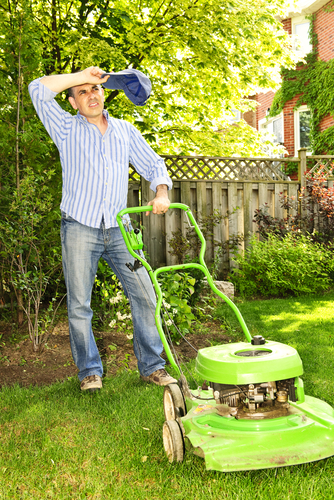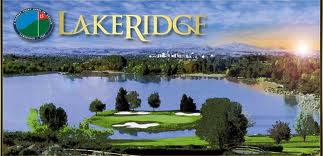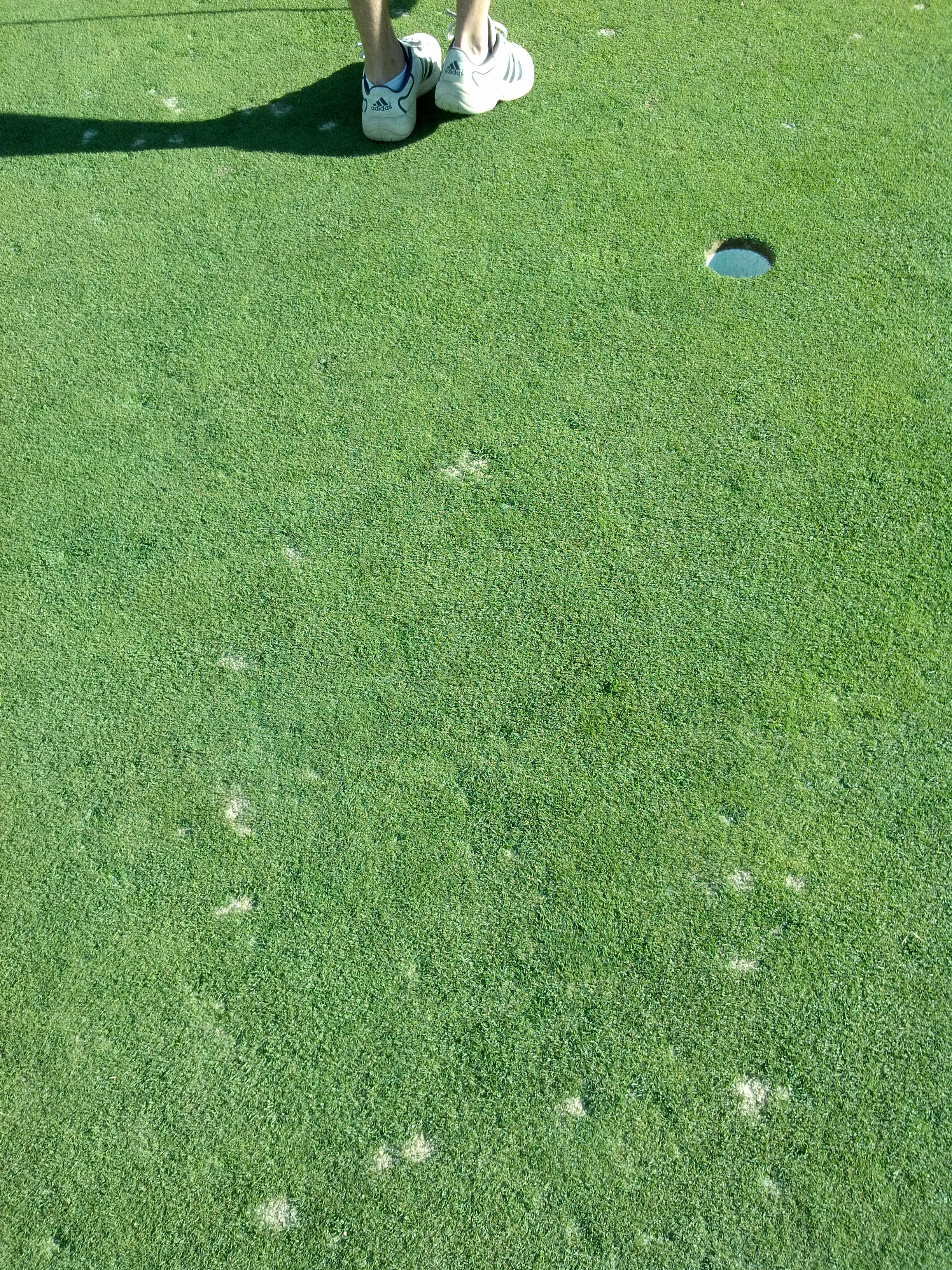Key Takeaways
Northern Nevada lawn care:- Fertilization Timing: Spring is ideal for fertilizing to kickstart growth after winter dormancy.
- Aeration Importance: Aeration twice a year is recommended due to soil compaction and poor conditions.
- Irrigation Strategy: Water at least three times a week, early in the morning, to avoid fungus and turf diseases.
- Mowing Practices: Mow to 2.5-3 inches, using sharp blades, and change directions weekly for healthier grass.
Living in a semi-arid region like Northern Nevada, where summers are hot, and the winters are cold, can make it particularly hard to care for your lawn with no in-between.
On top of that, Nevada stays dry for the majority of the year, which can make something as simple as watering your lawn more confusing than it should be.
Maintaining a healthy, impressive-looking lawn in Northern Nevada does not have to be difficult.
You might want to keep your lawn healthy over the cold winter period or learn how to perk up the appearance of your lawn in time for summer.
Whichever it is, this guide will provide you with the best lawn care tips that you need to know.
Why Lawn Care Is Important
Firstly, there is nothing wrong with maintaining your lawn. After all, the appearance of any lawn does not just reflect the property but also the owner!
Aside from appearances, lawn care is essential for several other reasons.
A healthy lawn, quite simply, feels good under your feet. You will notice a difference and something worth considering if you have kids who frequently play in the yard or if you like to host regular barbecues in the summer.
A healthy lawn also offers environmental benefits, such as cooling and purifying the air. In addition to this, good lawn maintenance can even work to your advantage by reducing your overall water usage.
Lawn care is more important than most people tend to think. And if you live in Northern Nevada (or are thinking about moving to Northern Nevada), it's worth knowing the best methods for caring for your lawn.
Lawn Fertilization
Whether you live in Northern Nevada or not, one of the best ways to initiate and maintain healthy lawn growth is fertilization.
Like any living thing, nutrients are essential for growth and health. This is why fertilization is crucial, as it will provide your lawn with the nutrients it needs to stay healthy and look healthy.
Not only that, but fertilization will also help prevent lawn disease and the unwanted sprouting of weeds - two hindrances that can quickly damage your lawn's health and overall appearance.
When Should I Fertilize My Lawn in Northern Nevada?
In general, the best time to fertilize your lawn is springtime. This is when the grass starts to grow after its winter dormancy.
In Northern Nevada, spring runs through February, March, and April. When you should fertilize in spring, exactly, will be when your lawn needs its first mowing.
After mowing your lawn for the first time in spring, is the best time to fertilize. Continued, regular fertilization is optional.
If you think your lawn needs extra nourishment - for example, before summer or during winter - a good rule of thumb is only to fertilize your lawn when it is dry.
For instance, always avoid fertilizing early in the morning when dew is present.
Lawn Aeration
Alongside fertilization, good lawn care also involves aeration: the process of piercing holes, typically between 1 and 3 inches deep, in the soil.
Aeration allows the soil to breathe, which improves oxygen, water, and fertilizer infiltration.
Without aeration, the potential for lawn disease increases. Poor infiltration also means poor absorption, which can reduce the effectiveness of irrigation and fertilization.
These are the main problems of not aerating your soil, which specifically arises from thatch (an excessive build-up of debris in the soil) or compaction, where the soil has become too dense.
When to Aerate Soil in Northern Nevada
In Northern Nevada, it is recommended to aerate your soil twice a year. This is due to poor soil conditions and compaction, which are common within the region.
A routine aeration carried out twice a year is also enough to improve infiltration without causing any damage to the soil.
Lawn Irrigation
No matter whether you have a sprinkler system or a watering can, the key to maintaining a healthy green lawn year-round is to recognize when your lawn needs watering - most notably when it starts to take on a dull color.
Another way to tell if your lawn needs watering is if the blades do not return upright after being stepped on.
Sun exposure and temperature also play a big part in watering your lawn. Due to this, it's a good idea to keep a consistent irrigation schedule throughout the year, adjusting it depending on the season.
When to Irrigate Your Lawn in Northern Nevada
Rainfall in Northern Nevada is infrequent, often unpredictable, and limited to just a few months a year. This makes it more important to maintain and carefully plan lawn irrigation.
It is recommended to water your lawn at least three times a week, earlier in the mornings - especially in hotter temperatures. Avoid watering at night, as this can quickly cause fungus and turf disease.
At the same time, make sure to follow the local guidelines for watering days set by TMWA.
Lawns in Northern Nevada will also benefit from deep, infrequent watering instead of light, frequent watering. This is due to common compaction of soil in Northern Nevada. In addition, running your sprinklers for an extended period will also lead to unwanted run-off.
Therefore, it is best to water your lawn using a “stacked” schedule. This would, for example, involve running your sprinklers for 10 minutes at 3 am, 5 am, 7 am, and 9 am, as opposed to a single 40-minute watering at 7 am.
Mowing Your Lawn - The Best Way
Mowing is another vital part of lawn care, which needs to be done correctly to improve transpiration, prevent sun damage, and reduce the risk of weeds.
When mowing your lawn, it is always essential to make sure your mower blades are sharp. Dull blades can damage grass, which won't only affect the appearance of your lawn but make it more susceptible to disease.
For best results, change the direction that you mow your lawn each week to promote thicker, healthier blades of grass and prevent rutting and compaction. Similarly, you should avoid cutting more than a third of the grass length at any time, as this will cause stress to the turf.
If you missed mowing one week, and your grass is at least six inches long, avoid the temptation to cut it all off at once. Instead, mow off two inches, followed by another two inches a few days later.
It also goes without saying that you should avoid mowing your lawn when it is damp.
When to Mow Your Lawn in Northern Nevada
In Northern Nevada, grass growth increases in the spring and early fall when the temperature cools. This is when you can expect to be mowing more frequently.
But, as a good rule of thumb, it is always best to mow your lawn to two and a half inches or three inches. This will improve transpiration while preventing the encroachment of weeds.
Well-mulched grass clippings can be left on the lawn throughout the year. These quickly decompose and even return some nutrients without contributing to lawn thatch.
How to Prevent Lawn Damage
Last but not least, it's worth being able to recognize signs of lawn damage. Additionally, how to prevent lawn damage from happening altogether!
Rough spots and brown patches in the grass are apparent signs of lawn damage. These eyesores can often ruin the appearance of your lawn - as well as your hard work during the year.
Lawn patchiness can result from lawn disease (through poor aeration), dryness, excessive shade, chemical damage, mowing your lawn too short, always mowing in the same direction, or leaving unnecessary clutter on your lawn.
To keep your lawn looking flawless year-round, make sure to avoid those common lawn care mistakes.
Conclusion
Caring for your lawn in Northern Nevada does not have to be complex or confusing and can be broken down into proper fertilization, aeration, irrigation, and mowing.
To summarize, make sure to fertilize in the spring to initiate optimum growth before aerating in the summer to improve oxygen, water, and fertilizer infiltration. Good soil, after all, helps to promote healthy grass.
Increase irrigation of your lawn during the hotter, dryer parts of the year. And when it comes to mowing your lawn, avoid cutting your grass no shorter than two and a half to three inches in height, always making sure to use sharp mower blades.
And that's it!
Follow the above tips from this guide, and you can be sure to maintain a thick, impressive, healthy lawn in Northern Nevada throughout the year.























